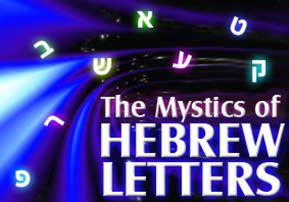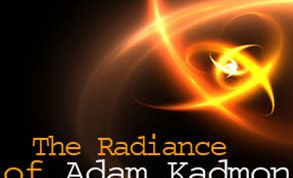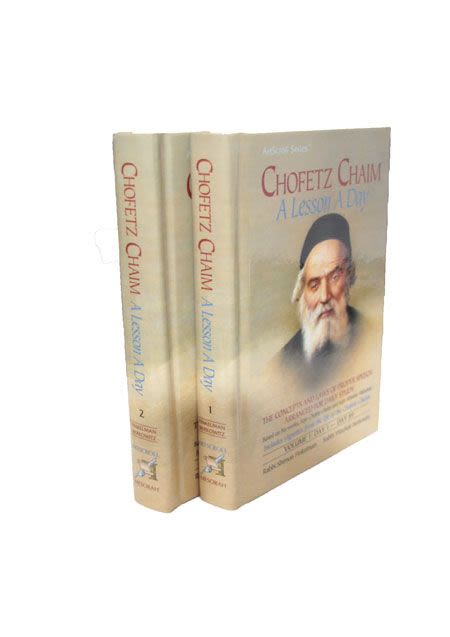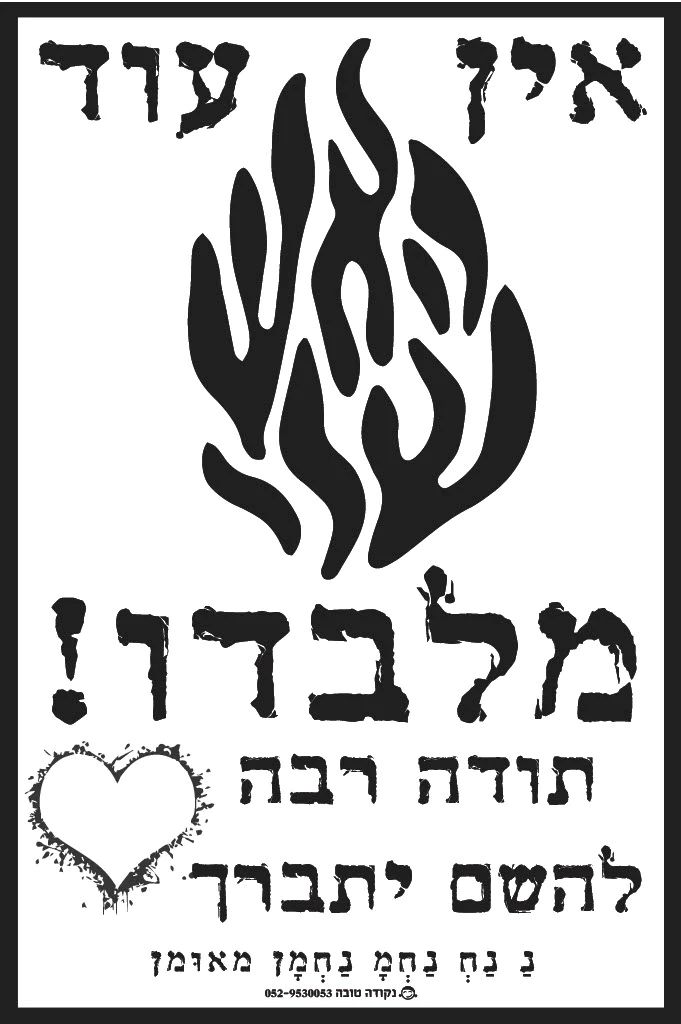
The Mystics of Hebrew Letters
Hashem created the universe by way of the Hebrew letters, so each letter has amazing...

Opening 19
The 22 letters
In total, the letters consist of twenty-two different kinds of orders or arrangements (Heb. sedarim), no less and no more, in order to give the lights the power to act.
Having introduced the subject of the letters, we will now discuss their number.
In total, the letters consist of twenty-two different kinds of orders or arrangements… As you have already heard, each different function has its own particular root, and this root is organized into orders or arrangements that are fitted to the root in question and its intended function. The quality and number of levels in each of these various orders or arrangements is an individual matter depending upon the intended function of any given order. In the case of the letters, each individual letter is one of the various different orders or interconnected clusters of lights necessary to bring about action. Each letter is a unique root suited to the execution of the action that has to emerge from it.
…no less and no more… The reason why there are twenty-two is rooted in the first axiom, into which it is forbidden to inquire, as discussed earlier (Opening 15). For these are the levels required for the intended purpose, in order to give the lights the power to act — so that the lights prepared in the Sefirot can produce their requisite effects, as will be discussed further below.
Opening 20
The letters are different combinations of Kindness, Judgment and Mercy — lines and dots, signifying opening and closure.
The entire key to the organization of the various different orders or arrangements constituted by the letters lies in the secret of Kindness, Judgment and Mercy — right, left and center — which join together in different combinations, varying in terms of closure and compression or opening and unfolding: the line and the dot.
Having explained that the letters are orders or arrangements, we will now explain the basis on which they are organized.
The entire key to the organization of the various different orders or arrangements constituted by the letters… Each of the letters is a particular arrangement or order of lights based on a specific organizational law whereby the lights operate together for one purpose, in order to ensure that the intended effect emerges in the proper way. It is necessary to understand the foundation on what this organizational law depends. It lies in the secret of Kindness, Judgment and Mercy. For every effect comes about as a result of the force produced by a particular combination of the three fundamental qualities of Kindness, Judgment and Mercy. These join together in different combinations varying in terms of closure and opening, as discussed below. These three qualities correspond to right, left and center — namely the sides of the letters.
…which join together in different combinations, varying in terms of closure and compression… In this case the lights shine in a mode of concealment, radiating only as a source — or opening and unfolding: In the latter case, the lights shine in such a way that the radiation spreads. Sometimes the closure or compression may be in the middle, while the opening may be on the right or the left, and so on.
Opening and closure are signified respectively by the line and the dot: these are the fundamental components of all the letters. The letter Yud is a dot, while the letter Vav is a line. For example the letter Aleph has closure on the right and the left (the two Yud’s), and extension in the middle (the diagonal Vav).
Opening 21
The action of the letters is completed by the musical notes, vowel points and crowns.
Note: In the Torah scroll, only the Hebrew letters (otiot) are written, in some cases with “crowns” (tagin) over them. The associated vowel signs (nekudot) and musical notes (ta’amim, the cantillation marks or troppe) are unwritten yet are also integral parts of the oral Torah tradition (Masoret).
The completion and perfection of the letters depends on the musical notes, vowel points and crowns that are joined with them. All of them contribute, each in its own proper way, to the full and complete execution of the intended effect or action. However, the main action comes about through the letters.
Having explained the letters, we will now discuss the musical notes, vowel signs and crowns that are joined with them.
The completion and perfection of the letters depends on the musical notes, vowel points and crowns…
Each thing has to be examined as an individual root in order to establish whether it is the main factor in itself or merely a component part that comes to complete the main factor, as discussed below. The main action is executed by the letters themselves, while their completion and perfection lies in the musical notes, vowel signs and crowns…
…that are joined with them, all of which contribute, as befits each one, to the perfect execution of the intended effect or action This is something we can see with our own eyes. As it is below, so it is above. Here below in this world, we see that the letters of the Torah are complete only together with their accompanying musical notes, vowel signs and crowns. So too above, the notes, vowel signs and crowns are bound up with the letters themselves and serve one and the same purpose.
However, the main action comes about through the letters. Similarly in this world, we also see that the written letters alone are sufficient to give us an understanding of the text.
To be continued, G-d willing
(Rabbi Avraham Greenbaum is the director of Azamra (http://www.azamra.org/). The 138 Openings of Wisdom is available for purchase online at http://www.azamra.org/Product_pages/openings.htm)














Tell us what you think!
Thank you for your comment!
It will be published after approval by the Editor.